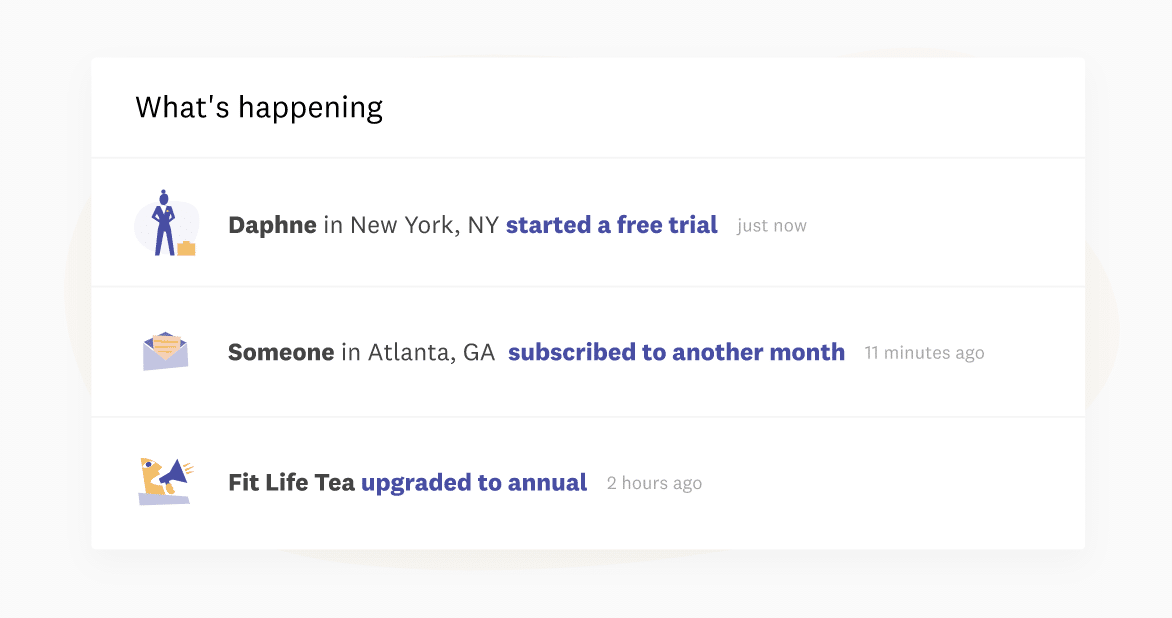Social proof marketing is tricky to define. We all now what it is deep down, but perhaps because the subconscious is leading us along, it’s not something we care to acknowledge. It’s not a billboard.
Imagine this. You’re outside two Italian restaurants wondering which to dine at. They both look much the same. You check the menus and the price points are also very similar. One is pumping, it looks to be a full house with a young crowd. The other is empty, apart from the elderly couple sitting in the back. Even though there might not be a table, and if there is, the wait will be long, you inevitably decide to stumble into the first restaurant.
This is social proof at work.
We are drawn towards products and services that others love. Part referral, part fear-of-missing-out, fear of outsider syndrome and fear of getting it wrong. If the first restaurant ends up being average, we actually still put it on a pedestal, because others must think it’s great, and because we don’t want to regret the buying decision.
So how can an online business leverage this psychology?
Social Proof Marketing Tools
This real world analogy of the two restaurants can be mimicked online in a number of ways. Let’s first outline the sub categories of social proof marketing:
- Referrals from family/friends/colleagues
- Reviews and actions of strangers
- Fear-of-missing out
- Fear of making the wrong purchase
- Fear of outsider syndrome
- (If you know of others, let us know in the comments)
Now let’s see how we can use these to increase online sale.
Referrals from family/friends/colleagues
Probably the most persuasive if the lot. If your wife/husband recommends a great sushi restaurant… you’re keen to give it a try.
This is quite easy to implement online. A “share with a friend and they get a discount” style promotion can be setup easily on WordPress and Shopify and the majority of other ecommerce platforms. It’s a two pronged approach, being endorsed by a buddy as well as a discount is a very persuasive tactic.
Reviews and actions of strangers
We’ve all seen the token ‘Testimonials’ section on a businesses website. Whether it works or not is a good questions. These can sometimes come across as fake or highly curated as no one is going to show a bad review on their own website. Third party review sites on the other hand give a much better overview into customer satisfaction.
Our recommendation is to get your Google My Business (GMB) page in order, and start prompting people to review your products and services there (this is assuming you believe in your product or service and your not being unethical to your customers, as a bad review there will last forever).
Building your GMB reputation through 5 star reviews and positive comments will build trust with new customers, as these words of praise are more transparent than the reviews you have ‘chosen’ to show on your own website. The additional benefit is that Google loves GMB reviews and factors them into your search rankings.
Other tools to use are platforms like Fomo and Pulse. To portray yourself as the busy restaurant, check them out. These platforms allow you to easily show a live feed of customer activity on your website.
Fear-of-missing-out (FOMO)
The sushi train is a killer concept. Seemingly endless options, but then again, if you miss this salmon-avo, will the guy after you nab it and how long will it be until another one click-clacks along? You’ve got about 4 seconds to decide. Of course you’re getting that plate.
Aldi has achieved the same FOMO based-marketing with its Special Buys. Come for the groceries but leave with the four pack of tiki torches. You can get tiki torches any day of the week somewhere else, but they’re only at Aldi for a limited time, at a pretty great price… you’re not leaving without it.
There are a couple of ways to replicate this psychological marketing on your website. The tools mentioned above (Fomo and Pulse) allow for subtle popups to show sporadically on your website, with activity like “Sarah just purchased a four pack of Tiki Torches” or “Ben just subscribed to our Vegas Tour, only 4 spots remain”.

This activity log feeds the fear-of-missing-out, as well as swaying customers into making a faster buying decision.
If you have an online store, another tactic is to show the stock levels of your products. If you know there are “only 3 items left” your FOMO will kick in pretty quick.
Fear of making the wrong purchase
No one wants to have buyers remorse. It can quickly kill a potential sale. There is safety in numbers, so if a customer can see what everyone else is having, it makes the buying decision easier. This experiment explains it perfectly.
To achieve this, we loop back to the techniques mentioned above. Google Reviews, Fomo and Pulse all have features that will help lead customers along the buying cycle.
Fear of being an outsider
This is a broad one, as the psychology behind this fear is different for all of us. In general terms though, we are mostly inclined to gravitate towards things that our ‘tribe’ are already doing/buying/using. All the tactics listed above can contribute.
The exception here is the early adopter. If you’re marketing to the early adopter, it’s probably going to be hard to use social proof marketing. Think of your early adopters as the foundation for your future social proof marketing.
I’m sure Social Proof Marketing has been around since the dawn of Trade, and it’s here to stay… even online.
Related Tag: wordpress expert goldcoast
